Analysis of Video: “4 Styles of Boxing Stances and Guards” by Tony Jeffries
In this widely viewed video from 2020, Olympic medalist Tony Jeffries, alongside his business partner and fitness expert Kevan Watson, breaks down the four key types of boxing stances and guards. They thoroughly discuss each type, providing the benefits and drawbacks of each, as well as how to counter someone using each stance.
Hands Down Stance
The first stance discussed is what Tony refers to as the ‘hands down’ stance, made famous by boxers like Roy Jones Jr. and Prince Naseem Hamed. This stance provides great flexibility and unpredictability for the boxer, but it also leaves them wide open for an attack. Therefore, it requires excellent reaction times from the boxer using it.
Peekaboo Stance
Next up is the ‘peekaboo’ style, named after the tight guard position that characterizes it. The peekaboo, favored by Mike Tyson, provides solid defense, but limits vision and movement. Tony notes that while it’s great for not getting hit, it requires extra movement to launch attacks, making it energy-consuming.
Philly Shell Stance
Following that is the ‘Philly Shell’ stance, popularized by Floyd Mayweather and Roy Jones. This stance offers good defense and vision, but the boxer needs excellent reactions to deflect incoming blows effectively. Also, constant blocking in this stance can tire the boxer’s arm quickly.
Traditional Stance
Finally, the video concludes with the traditional boxing stance, recommended by Tony himself for its balance and versatility. He admits that its commonality makes it predictable in the ring, but insists this is outweighed by its benefits, including allowing the boxer to work on all punches and have good balance.
Throughout the video, Tony also provides strategies on how to counter each stance, making this a comprehensive guide for boxers of all levels. Overall, Tony stresses the importance of practice and encourages boxers to find a stance that works best for their style. For more tailored advice and guides, Tony invites viewers to subscribe, promising more such informative content.
[postx_template id=”240″]
Tony Jeffries: An Incredible Story
Tony Jeffries is a decorated professional boxer hailing from Sunderland, England. His career highlights include winning a bronze medal at the 2008 Beijing Olympic Games, and retaining an undefeated professional record. Jeffries’ journey from the gritty streets of North East England to the global boxing stage is a testament to his determination, resilience, and raw talent. Forced to retire due to hand injuries, he transitioned into training and has since opened several successful boxing fitness gyms across California. Despite the setbacks, Jeffries continues to make a significant impact in the boxing world.
[postx_template id=”238″]
Classical vs Modern Boxing Training
In classical boxing, training primarily focuses on rigid form and technique. Boxers were taught to use specific punches and defensive strategies, with a lot of emphasis on discipline and routine. These methods are undeniably effective, producing many champions in the past.
Transition into Modern Boxing
However, modern boxing training has evolved, integrating cross-training and sports science. Today’s emphasis is more on flexibility and versatility, building on the athlete’s unique strengths and weaknesses. The incorporation of strength and conditioning, dietary planning, and mental training, alongside traditional boxing techniques, has revolutionized how boxers train.
Both the classical and modern methods have their merits, but the most successful athletes often combine aspects of both in their training regimes.
[postx_template id=”239″]
A Brief Overview of Boxing History
Boxing, a combat sport, traces its origins back to ancient civilizations. The first recorded boxing event was in the Olympic Games of 688 BC. Over centuries, it evolved into modern professional boxing, championed by greats like Muhammad Ali and Mike Tyson.
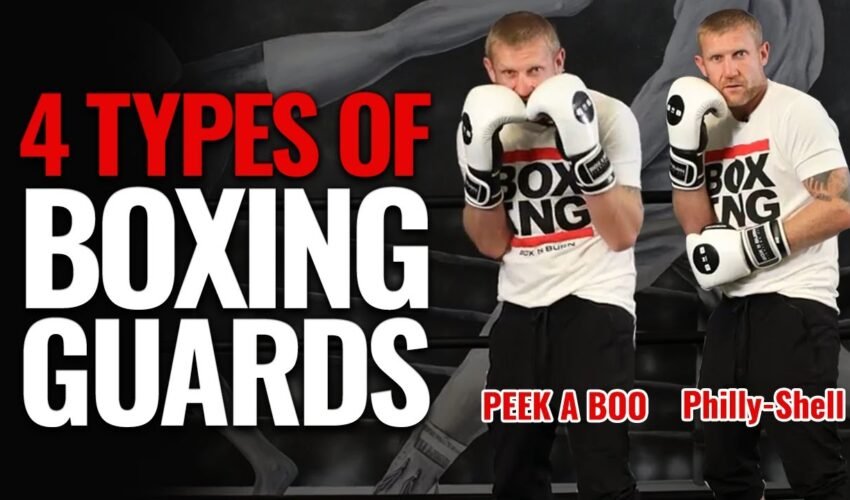

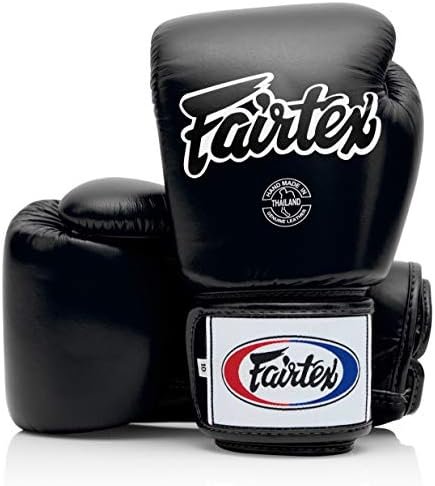
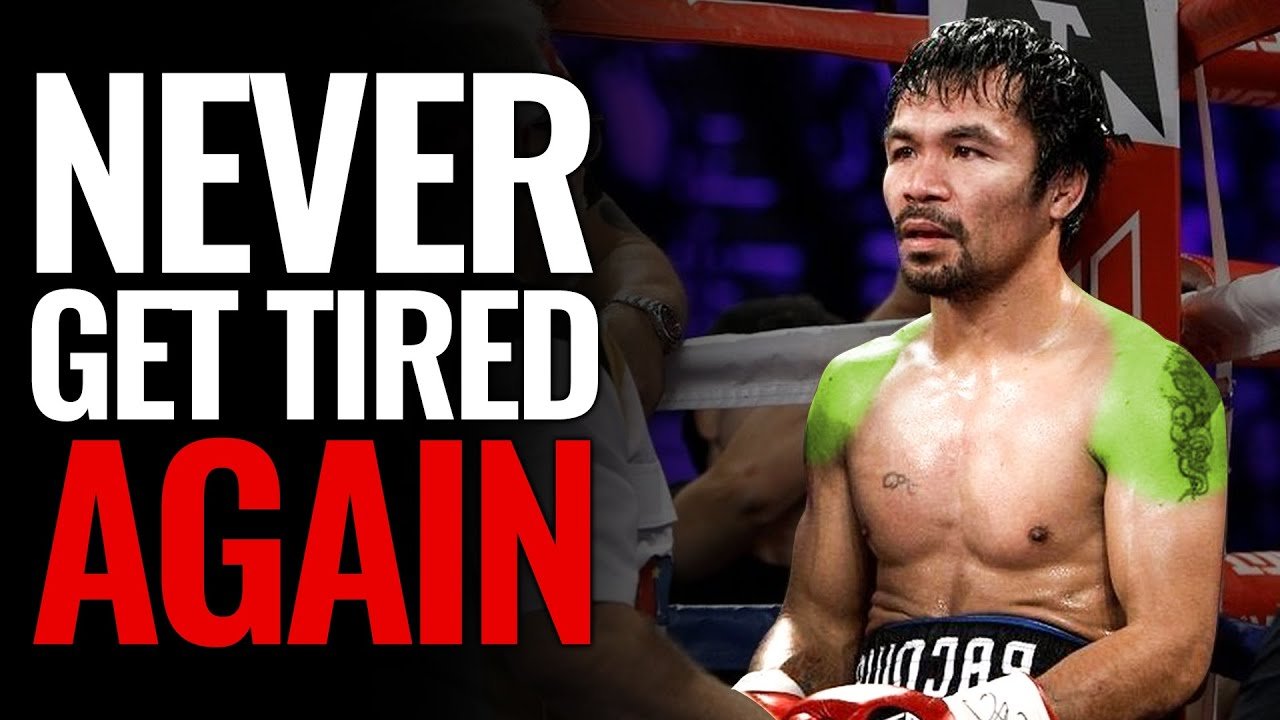



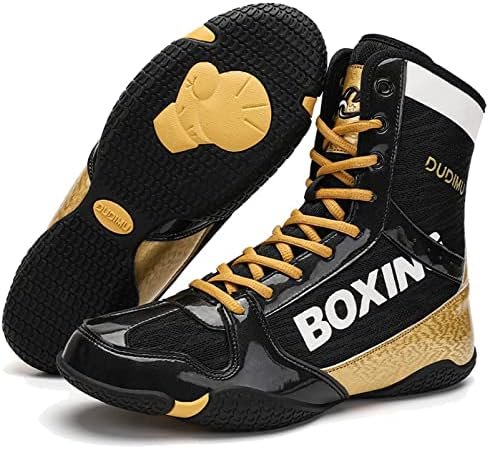
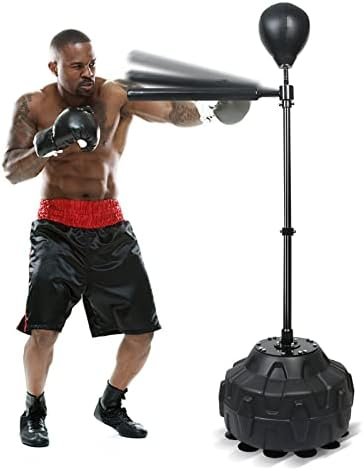


Have you got any questions on this??
Watch next: How to Breathe Properly in Boxing and Stay Relaxed: https://youtu.be/WBCcDNI5OpY
A
Thanks!
Ive tried the Prince Naseem stance in street fight. I cant remember what happened during the fight.
This is absolute GOLDEN. Thank you very much Coach Tony.
2:52 imagine you do this in a fight and they just pull off the rope-a-dope
THANK YOU
My fav hands down combine with philly shell
맥그리거 발차기하는거 귀하다
알리랑 어떻게 합성했지 멋지다 가지고싶다
Coach what you described on how you dealt with the Philly shell is I think what Maidana sort of did to Mayweather during their first match
The philly shell is insane and I always wanted to learn it
非常棒的拳击专业教学视频
i personally use the peekaboo fighting style im used to it but i combine it with a dart and dash
I like Foreman with his constant advancing and crossguard.
About the peek-a-boo your hands shouldn't be that high up cause the gives you blocked vision. And with the peek-a-boo head movement is the most important part. With the head movement you can and will have the best counter punches in the ring. And you should actually have a much more square stance, The square stance is not meant to have any backwards movement and each bob, weave, duck you take a step closer, they then do not get full extension and is harder to punch and is great cause when you dodge there arm is still out which leaves an opening to hit them. If you hit them they might go into a natural bent over position, Then the best option to do is seize the moment and get a nasty uppercut to the nose. Another good move is when they miss with a jab move to the jab side when you dodge it leaving a big opening for a nasty hook to the face. A strait up attack would be to put most of your weight on your front foot and fake hook the dominant hand rotate the back foot and rip the front hand hook, this is called a lead front hook. A good Attack is to duck a punch and just give a good uppercut to the chin. Always remember a good chin is a chin the never gets hit. A great way to practice any reflex is have a family member friend or anyone you know to slowly throw constant punches the better you get the faster the person can go, this exercise is great for your reflexes and some cardio for them. The main dodges are the simple dodges to the right and left, duck with is down and forward, and a slip which is back but you shouldn't need to use that because this is peek-a-boo. hope this helps.
the 3rd stance is the same baki hanma does not always tho i just saw him do it before
I don't know why no one talks about one of the first to use peek-a-boo style: Floyd Patterson
Sorry but the peek a boo is wrong. Watch Cus talking about it or any Tyson fight, gloves are never that high, they should be just below the eyes by cheekbones
7:55
When I was a kid I loved watching Mike Tyson box. Mike was pretty fluid. He would start in peek-a-boo and then switch to traditional depending on what angle his opponent was coming from. He would also switch to southpaw depending on the opponents angle of attack.
what is the difference between the hitman boxing style and the philly shell ?
I use the hitman boxing stance.
Your explanation is too fast
the only thing I dont like about the shell is that if you punch hard enough it just shakes the whole body or head
So question if my dominant hand is right should I make it my lead hand?
No emphasis on footwork, head movement, body movement. ……
no long guard like foreman in his comback for example, he mixed up with cross guard when it got sticky
is thomas 'the hitman' hearns style just philly shell or something else?
Personaly i like the peek a boo mainly because im built for and i have learned to understand it
@5:45
My Favourite Geordie
มีแบบภาษาไทยไหมครับ
Great video. Would love for you to go into detail for each stance and show some powerful combinations for each.
or why not shift through different stances every now and then so you create multiple counter opportunities in a fight